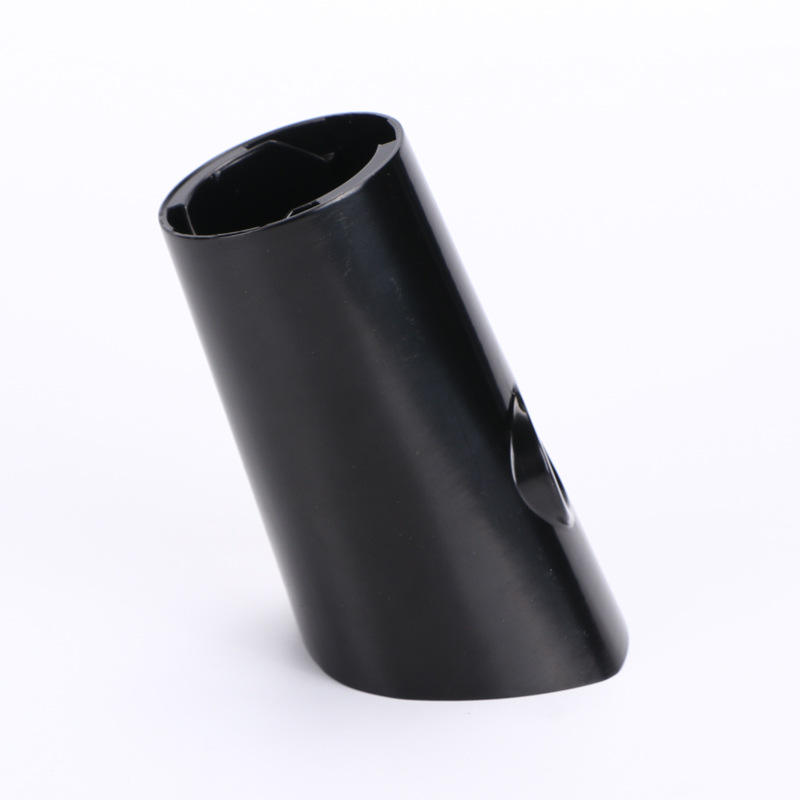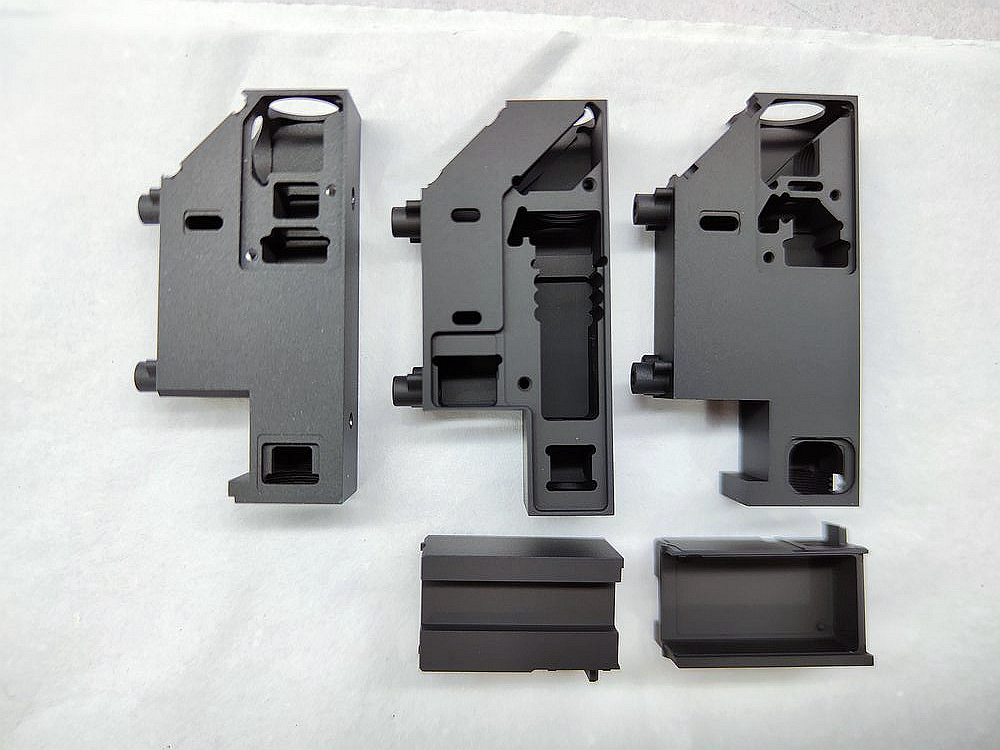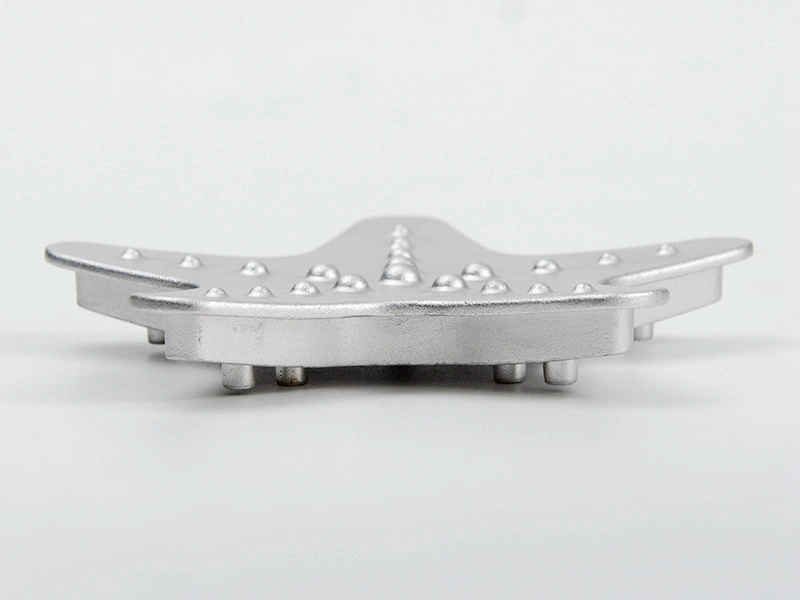Quality and Efficiency: The Importance of Die Casting in Consumer Product Manufacturing
In the world of consumer goods, manufacturers must balance design, durability, and production efficiency. From smartphones and speakers to kitchen appliances and personal care devices, die casting has become a go-to process for creating high-precision, cost-effective, and aesthetically pleasing metal components.
At Neway, we offer advanced die casting services tailored to the evolving needs of consumer product manufacturers. This article explains how die casting enhances product quality, reduces manufacturing complexity, and enables scalable, repeatable production.
Why Die Casting Is Ideal for Consumer Goods
Consumer products demand excellent performance, durability, elegant design, and affordability. Die casting supports these goals with:
Complex, detailed part geometries without added machining
High-volume production with cycle times of 30–60 seconds
Tolerances as tight as ±0.05 mm for dimensionally sensitive parts
Compatibility with multiple surface finishes and colors
Reduced weight without compromising strength
These advantages make die casting especially valuable in markets driven by innovation, aesthetics, and user experience.
Applications in Consumer Products
Die casting is widely used across industries, ranging from electronics to household equipment. Here are typical examples of where it adds value:
Product Category | Components | Requirements |
|---|---|---|
Electronics | Enclosures, heat sinks, chassis | Precision, thermal control, cosmetic finishes |
Kitchen Appliances | Blender housings, gas stove brackets | Heat resistance, corrosion resistance, ease of cleaning |
Hand Tools | Drill frames, wrench bodies, saw handles | High mechanical strength, ergonomic contours |
Personal Care Devices | Trimmer casings, electric toothbrush shells | Lightweight, compact, waterproof, visually appealing |
Home Furnishings | Drawer handles, chair bases, decorative parts | Durability, scratch resistance, metallic appearance |
Material Selection for Consumer Die Casting
Material choice is key in balancing cost, strength, aesthetics, and weight. Below is a comparative overview of common die casting materials for consumer applications:
Material | Density (g/cm³) | Tensile Strength (MPa) | Benefits | Best Used For |
|---|---|---|---|---|
A380 Aluminum | 2.74 | ~317 | Lightweight, durable, corrosion resistant | Device housings, kitchen appliances |
AlSi12 | 2.66 | 250–280 | Excellent flow and thin-wall castability | Compact gadgets, consumer electronics |
Zamak 3 (Zinc) | 6.6 | ~283 | High precision, detailed features | Locks, bezels, small control components |
Brass 360 | 8.4 | ~345 | Premium appearance, corrosion resistance | Faucets, furniture hardware, control knobs |
Aluminum alloys are ideal for high-strength lightweight applications. Zinc is preferred where intricate detail and high-volume repeatability are required. Brass is used for high-end finishes and tactile parts.
Precision and Finish Capabilities
Dimensional Accuracy
Die casting enables highly repeatable tolerances, often ±0.02 to ±0.05 mm for critical consumer components such as snap-fit features and screw bosses. This ensures product parts assemble seamlessly and operate reliably.
Surface Quality
As-cast Ra values typically range from 1.6 to 3.2 µm, suitable for painting or direct cosmetic use. For enhanced appearance, Neway offers:
Anodizing for color and corrosion protection
Powder coating for wear-resistant matte finishes
Painting with durable FDA-grade coatings
Tumbling and sand blasting to deburr and refine the texture
Strength in Compact Packages
Aluminum castings such as A380 and AlSi12 enable strong yet lightweight structural integrity. For example, components with wall thicknesses as low as 1.5 mm can still support tensile loads of up to 250 MPa—ideal for handheld or mobile consumer devices.
Efficient, Scalable Production
Die casting’s economic value comes from its ability to mass-produce complex parts with minimal waste and tooling longevity.
Aluminum dies last for 75,000 to 150,000 shots
Zinc dies exceed 1,000,000 cycles under proper maintenance
Multi-cavity molds allow parallel part production for high throughput
Automated trimming and ejection streamline downstream processing
At Neway, our low-volume manufacturing bridges the gap between prototyping and mass production, helping clients scale quickly.
Integrated Post-Processing and Assembly
We offer full-service post-machining for secondary operations, including:
CNC milling and turning (±0.01 mm)
Drilling, tapping, and countersinking
Precision alignment for optical and electronic components
Our in-house assembly services allow subcomponent integration and final product packaging under ISO 9001:2015 quality systems.
Case Example: Personal Care Device Shell
A consumer brand required 75,000+ aluminum housings for an electric shaver. Requirements included:
Weight under 150 g
Dimensional flatness <0.1 mm across 80 mm shell
Anodized silver finish with IPX4 water resistance
Integrated mounting bosses and wire guides
Neway produced the components using A380 alloy, with precision die casting and custom anodizing. The client reported a first-pass yield rate of 98.7% and a 22% cost reduction compared to their previous supplier’s CNC-milled approach.
Why Choose Neway for Consumer Product Die Casting
Our integrated service model supports brands at every stage:
Design for Manufacturability for functional and aesthetic parts
Tool and die making for rapid mold builds
Prototyping with CNC or urethane casting
In-house quality control with ISO 9001:2015 certification
Consistent surface finishes and tight tolerance machining
We help clients reduce lead time, lower total cost of ownership, and ensure repeatability across global production programs.
Conclusion
Die casting plays a central role in modern consumer product manufacturing. Whether it's for electronics, appliances, or lifestyle gadgets, it offers the ideal combination of aesthetic flexibility, mechanical performance, and production efficiency. With Neway’s engineering and process control expertise, your product vision can be scaled from concept to consumer faster and more reliably than ever.
To begin a quote or speak with our team, contact Neway today.
FAQs
Which materials are best for die casting consumer electronics or appliances?
How are cosmetic finishes applied to die cast consumer parts?
Can die cast parts meet waterproofing or ingress protection standards?
What is the typical production volume where die casting becomes cost-effective?
How does die casting compare to CNC machining for cosmetic consumer components?



